Explore Stories
Stories offer an individual narrative of a specific subject. They are the building blocks of Story Collections.
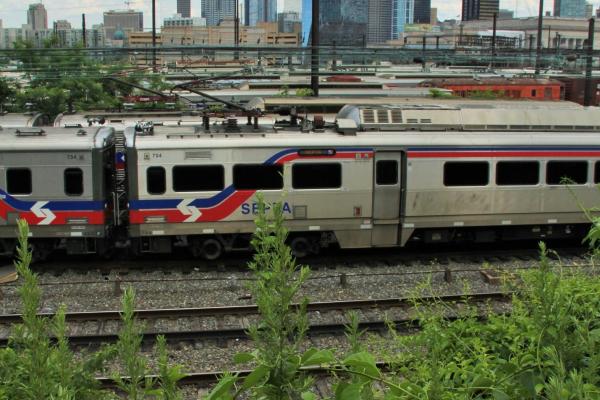
Drexel’s plans for expansion under president John Fry focus on building upward in the campus core and—in a visionary plan for long-term development—eastward over the old Pennsylvania Railroad railyards.
Drexel President Constantine Papadakis guided Drexel out of near bankruptcy and into a new millennium by refocusing the University as a student-centered institution emphasizing three essentials: “co-op, urban location, technology.”
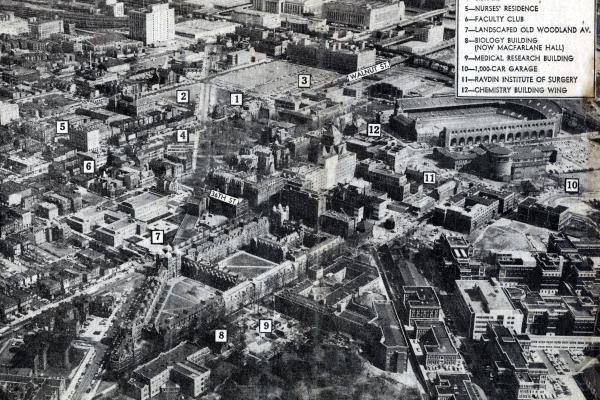
In the 1960s, the University expanded west and north in Redevelopment Authority Unit 4, drawing upon both federal and state urban renewal building funds.
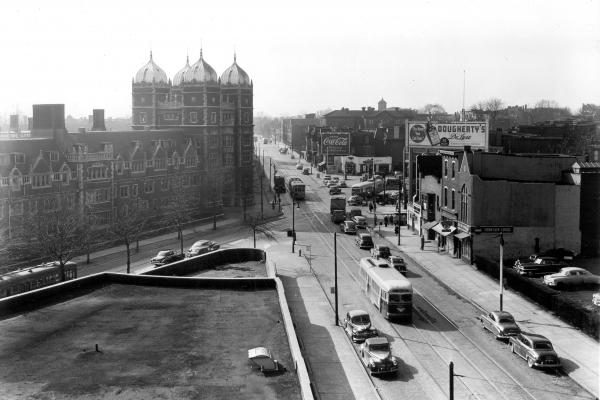
In the 1950s, the City facilitated Penn’s plans to create its modern pedestrian campus by putting the Penn trolleys underground and deeding the footprint of Woodland Avenue to the University.
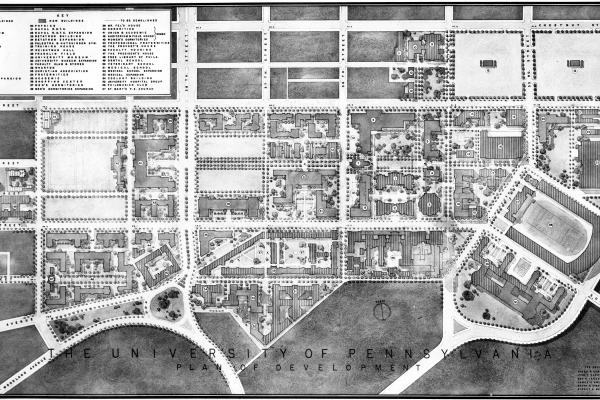
In the first half of the twentieth century, two campus plans—the Cret Report of 1913 and the Martin Report of 1948—called for the creation of a pedestrian campus free of urban congestion.
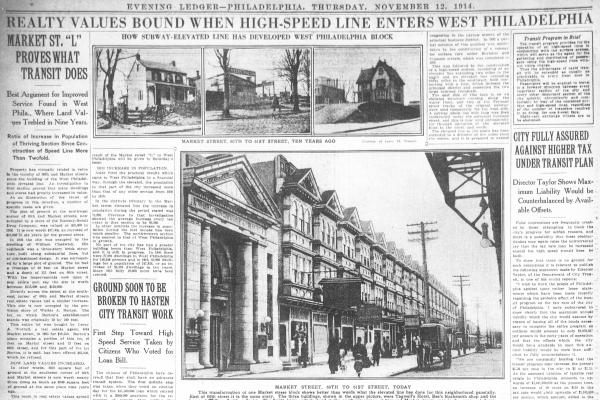
From before its opening in 1907, the Market Street Elevated spurred tremendous construction and population growth in West Philadelphia.
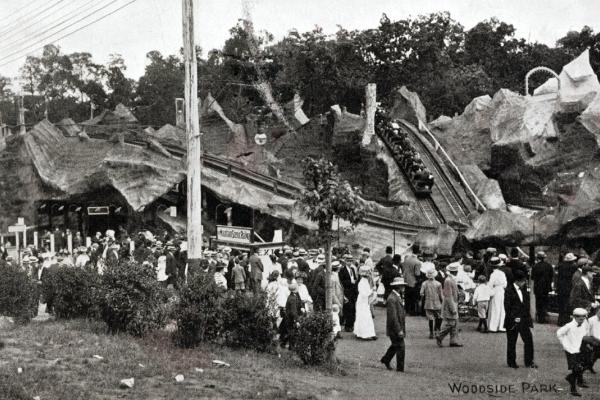
Woodside Park was an amusement park which thrilled Philadelphians with its attractions for almost 60 years.
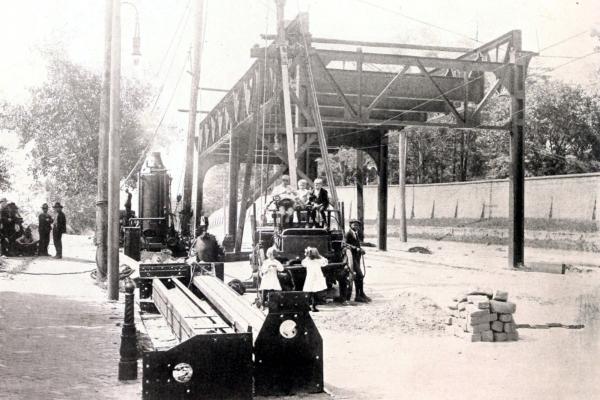
The Market Street Subway and Elevated opened in West Philadelphia in 1907, carrying commuters from three stations along the elevated line to 23rd Street, and from there underground to City Hall.
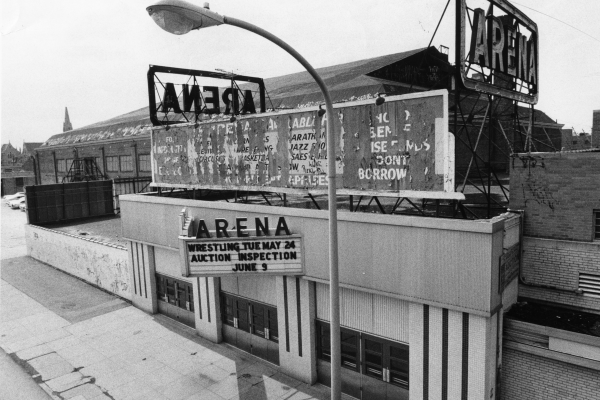
White outmigration, owner turnover, and construction of the Spectrum brought the Arena to its final years of operation.
The Arena reached its peak in the post-war years with the emergence of professional basketball.
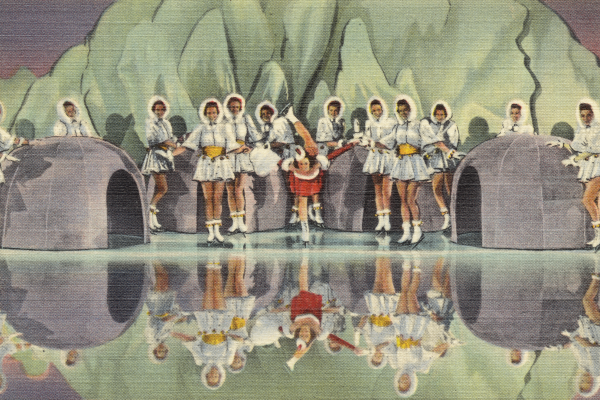
The Arena began as an ice rink, but quickly expanded to an arena used for events like boxing matches, rodeos, and major political events.
Beginning in the mid-1990s, Drexel University rebounded from financial and reputational decline to become a thriving, multifaceted hub of education and urban revival.